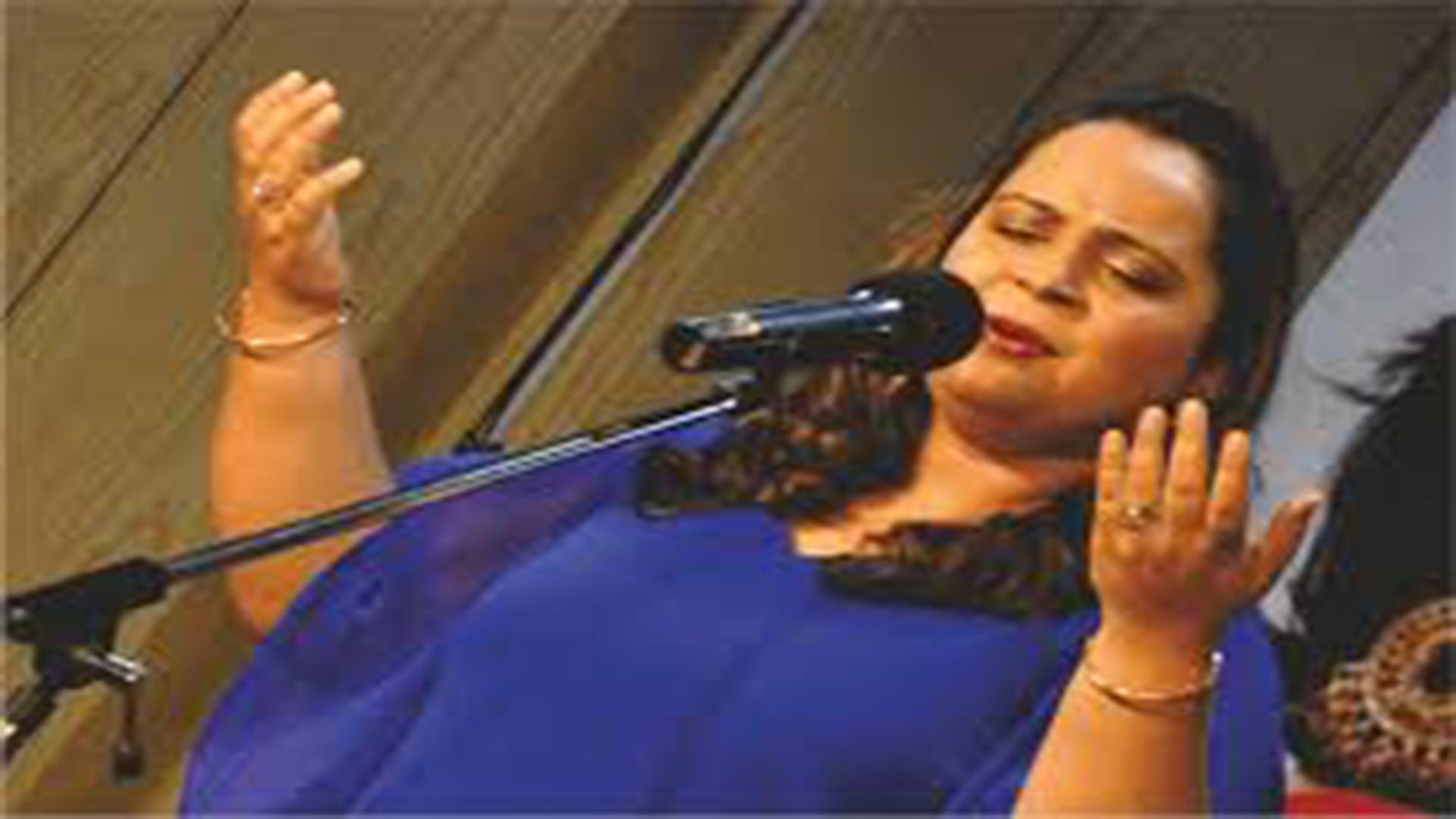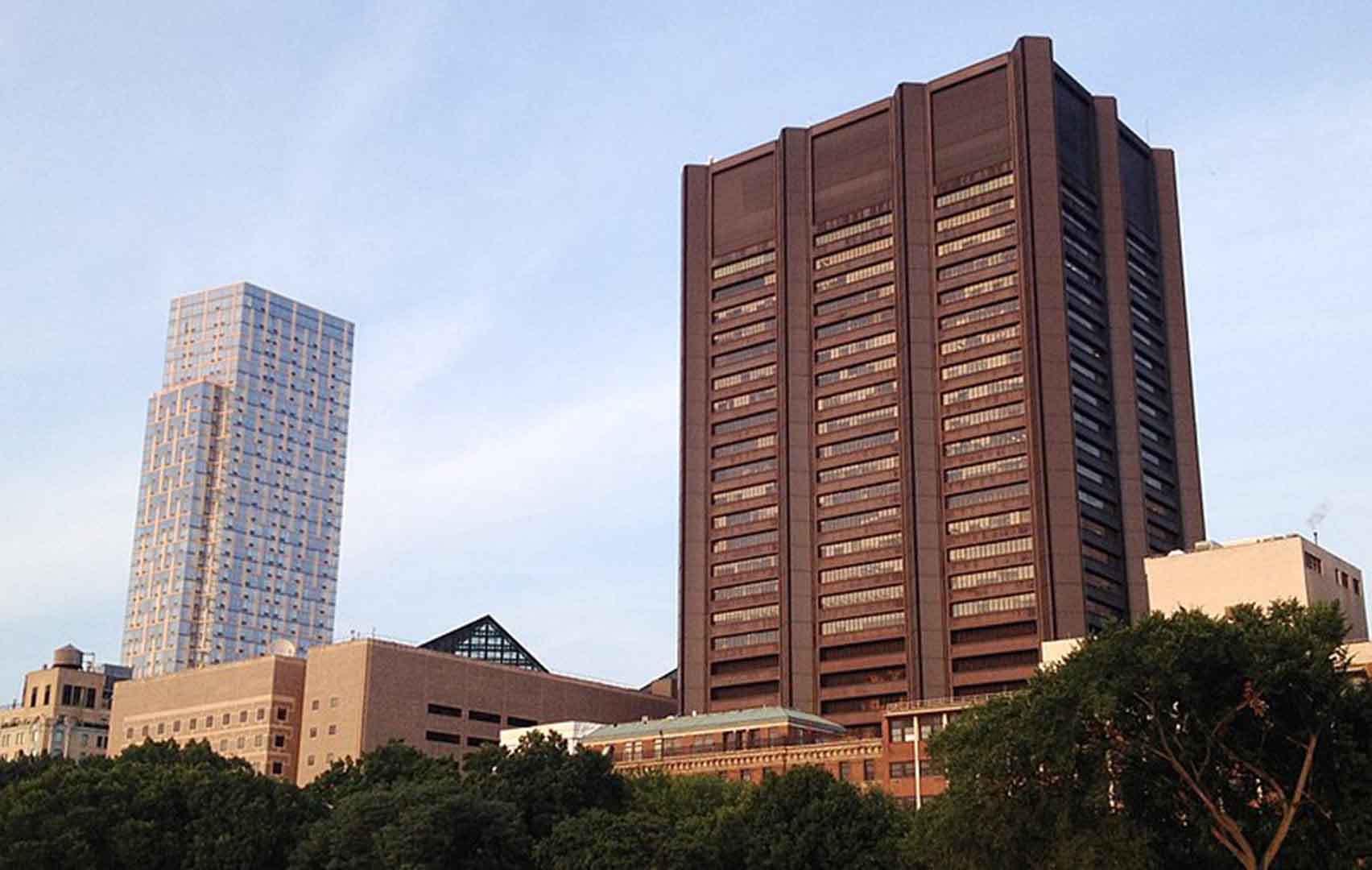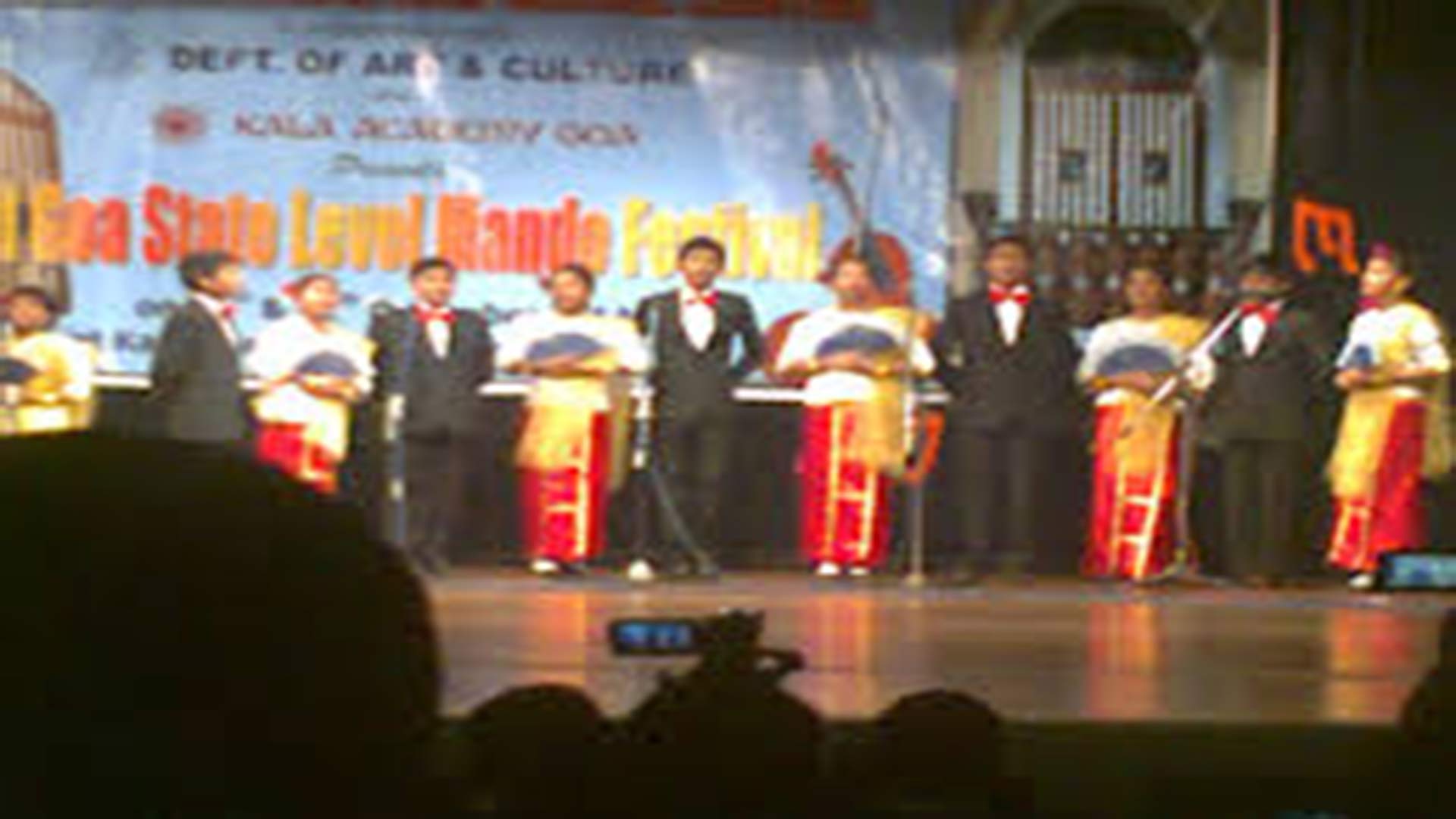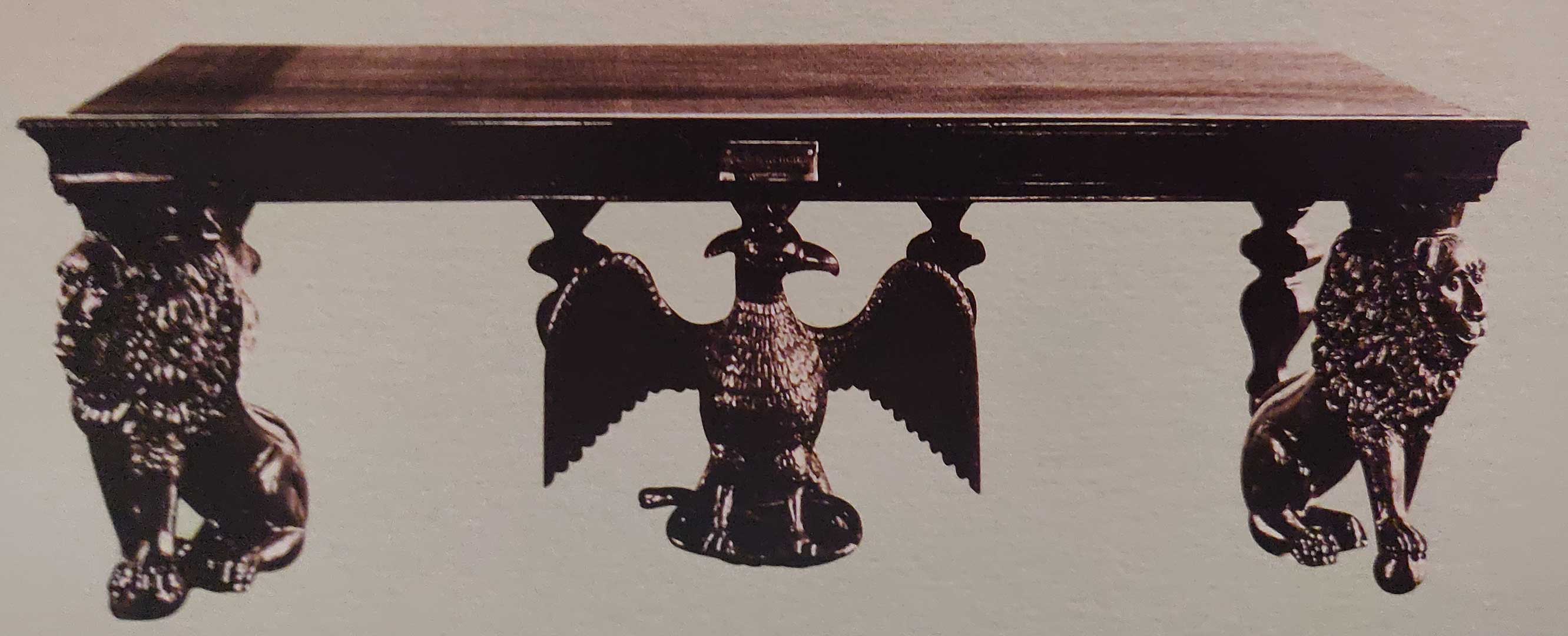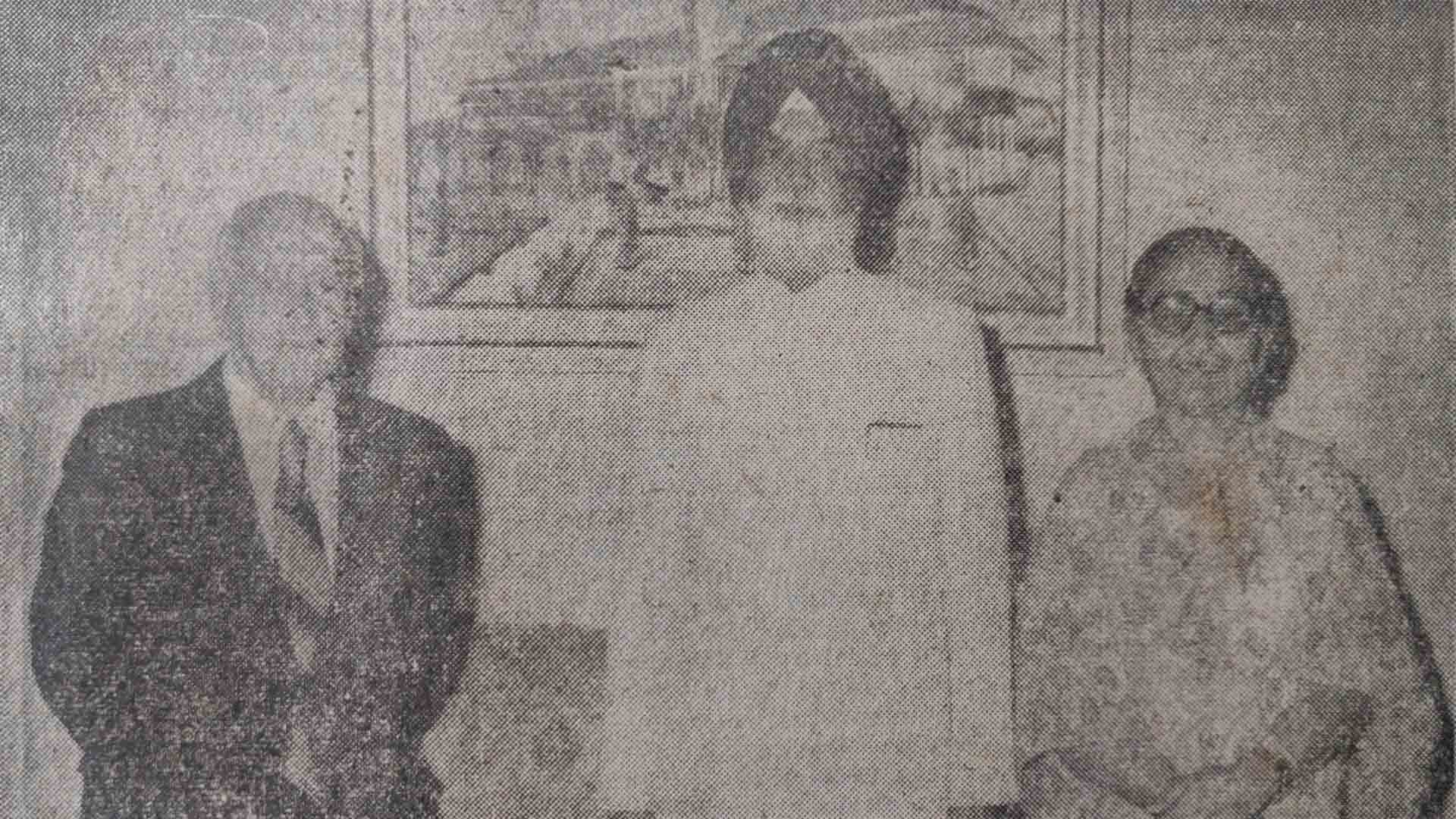Sonia - The Fado's New Fate

Sonia Shirsat is the Fado’s Lady Fate in Goa. On Valentine’s Day she swore her love for Portugal’s iconic melody. That the song has come to stay became obvious from the near-full Dinanath Mangueshkar auditorium that lapped up every bit of Mundo Fado II, Sonia’s first solo show on home turf.
Sonia’s voice is extremely well suited to the fado. Her talent first became evident at the ‘Vem Cantar’ contest (2002), through her superb rendering of Madre Deus’ ‘O Pastor’. Before long, ‘Barco Negro’’ sung by her also became a people’s favourite. And this time, a bright new ship – ‘M. V. Mundo Fado’, if you like! – dropped anchor in Panjim, from where it will again sail the Seven Seas.
Impressive is the line-up of fado greats that Sonia has performed with over the years. But more fulfilling must have been her own first solo concert, Mundo Fado, held in 2008, at Museu do Oriente, close to Alcântara docks, by the Tagus. She sang to a packed house, with guest artistes including Mestre António Chaínho, Manuel Leão, and Casa de Goa’s musical troupe, Ekvat!
Notice the poetry of that fabulous setting: the Orient, harking back to Goa; the proverbial waterfront, where the Fado originated amidst a sailor community; and the Tagus, from where all those intrepid ships once sailed “o’er seas hitherto not navigated… to seek out new parts of the world”….
So it was at Alcântara (‘the bridge’, in Arabic) that Sonia crafted her musical bridge with the fado world. Climbing onto the international stage is no mean task, especially for one not fully born into the genre. Sonia chose to cultivate it, chaperoned by her Lusophile mother Maria Alice Pinho, who belongs to a Goan generation raised on Portuguese music.
Mundo Fado II started off with an evocative instrumental medley by Sonia’s main accompanists, Flávio Teixeira Cardoso (Portuguese Guitar) and Pedro Miguel Soares Marreiros (Spanish Guitar) from Portugal. While they were at it, in walked Sonia draped in a designer gown and shawl. The backdrop was a quiet, understated, white with colour focus lights. Her first song was ‘Cansaço’ (‘Weariness’)… but needless to say both audience and artiste were zestful until the end!
There was a happy mix of familiar and not-so-familiar numbers. ‘Alfama’ (a tribute to Hotel Cidade de Goa’s restaurant of the same name where she is the lead artiste at the monthly ‘Noite de Fado’) was followed by ‘Amor de Mel’, Fado das Horas’, ‘Tive um Coração’, ‘Meu Amor Marinheiro’ and ‘Zanguei-me com o meu Amor’, among others.
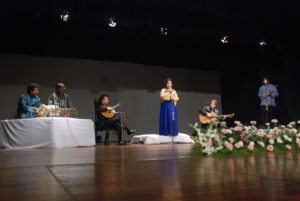
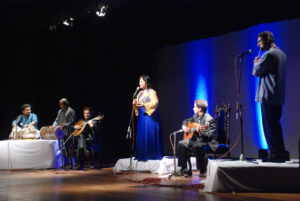
Sonia’s show was marked by measured stylistic innovation. It featured the tabla (Mayuresh Dattaram Vasta), the flute (Marwino António da Costa) and the dhol (Santosh Sawant). And in a style all her own, the vocalist had none of that over-the-top emotionality of the Portuguese fadistas, nor did the tempo quicken as the show progressed; but she sang with passion, offering personal and historical snippets in her announcements.
Sonia infused the fado with new blood, giving the genre a fresh lease of life, and perhaps scope for another to emerge (in a Goan tradition of give and take, which people of good will must endorse). ‘Rua do Capelão’, a ‘modern fado Severa’, with flute and guitars, was a tribute to Maria Severa, 19th century Portugal’s best-known fadista. The popular ‘Cartas de Amor’ was backed by flute, tabla and Spanish guitar; and ‘Ave Maria Fadista’ by tabla and the guitars. It was most fascinating to see the Indian instrumentalists gel with their Portuguese counterparts in ‘Barco Negro’. The latter also took to ‘Doreachea Lharari’ and ‘Adeus Korcho Vellu Pavlo’ as fish to water.
Sonia hailed the mandó as ‘Goa’s fado’! And curiously, hiding behind the Konkani title of our best-known farewell song were Portuguese lyrics – the labour of love of a suave Goa enthusiast Manuel Bobone. The ensuing musical dialogue symbolised a confluence of the past and the future; and its melody is an apt signature tune for Sonia’s Luso-Goan musical experiment.
Mundo Fado II unwittingly commemorated the centenary of the modern fado, first recorded in 1910. And, putting behind its nearly five-decade long hiatus in Goa, Sonia gave a clarion call to young fado singers Danika da Silva Pereira, Manuela Lobo and Efigénia de Santana Miranda to rise to the occasion. She also expressed her camaraderie by inviting guest artistes Carlos Manuel Meneses and Allan Abreu (both Spanish Guitar), Daryl Coelho (Mandolin) and Franz Schubert Cotta (Portuguese Guitar) to be on stage with her. And early in the show, she recalled the musical moments shared with Orlando de Noronha and Dinesh K., both of whom couldn’t make it that day….
That’s ‘Team Sonia’ for you, poised to carve out a brilliant new fate for the Fado in Goa!

(Herald, Goa’s Heartbeat, 23 Mar 2011)
Love in Verse

VISIONS FROM GRYMES HILL, by António Gomes. Turn of River Press, 1994, 95 pp. Rs. 100
António Gomes, a eleven-year Goan veteran of Mount Sinai Hospital, New York, is presently metamorphosed into a poet-philosopher. He examines the chemistry of suffering and joy, and attempts to decipher the mystery of life and death. After his wife died of cancer, in 1989, he thought he would never write poetry again. His inner world had been shattered by her departure. But God and Time are better healers than all our earthly physicians put together, and Gomes gradually came to terms with his loss and became whole again.
Visions from Grymes Hill is divided into two sections: “The Twilight Landscape” and “Poet’s Den”. In the first, the poems are more personal, reflecting his intense pain on the death of Marina. Gomes feels helpless that as a doctor he could not save her life. As he confesses in the Preface, “a doctor, a scientist and a heart specialist, I was engrossed in the miracles of Science. Yes, indeed! Science for me then was the one god I knew and understood above all gods. I was angry at this god for abandoning me. This god through whose intercession I had often mended the hearts of many men and women.”
Death laid its icy hands of her like an untimely frost upon the sweetest flower on all the field. The poet, unable to save her, is now in search of her. The poem “Visions” is a series of dreams reflecting this search, if not to find her – to find the answer. Born into a Roman Catholic family from Loutulim, Gomes now presents himself as an eclectic philosopher travelling through Hindu and Buddhist mythologies to find “the noble truth of the cessation of suffering” through “renunciation”.
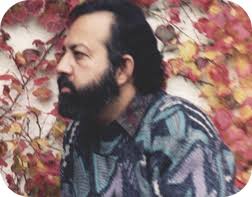
The sad and humdrum life of a lonely man is reflected in the tone of some of the verse; but the sombre atmosphere turns to light whenever the poet chances upon the understanding of the mystery of life. Then he transcends his troubles and marvels at the myriad colours of human nature. His magnanimous heart looks upon the suffering of the “beggar and the hungry child”; his singing soul revels in music and dance as he draws the fine “portrait of a jazz pianist”, and Stan Getz.
Despite the magical confusion of his inner world, Gomes does spare a thought for Tiananmen Square and the Berlin Wall, communist dictatorships and Mikhail Gorbachev. All this is woven into his sensibility but he compulsively returns to “the image of my dear sick wife/Falling, rising, struggling/ Beautiful and hopeful to the very end”. Beautiful and hopeful, which is why even while a window closes on him with loss and sorrow another opens up with joy and hope. And as he turns his back on the images of the fateful year of 1989 “I welcome 1990, dancing with Tania, my only child”.
The “Poet’s Den” is an epic poem in which we follow the poet’s journey to disparate worlds and cultures. On seeking inspiration from the muse to write an epic, the poet is taken to a den where he encounters dead poets, ancient and modern. We are thus privileged to listen in on his intimate and far-reaching conversations with the great Bards from Dante, Goethe, Rilke, and Camões to Whitman, Tagore and Neruda.
The thematic range of this Section goes from the personal and religious to the social, economic and political. The issues reflect the events of the late 1980’s and early 90’s, “new challenges that have the immense potential of changing our world and our civilization”. Curiously, in these poems, written in the form of dialogues, Gomes blends his own poetry with that of the bards he encounters.
In Visions from Grymes Hill, which is his residence at Mount Sinai, António Gomes comes out as a man with the heart of a physician and the soul of a poet. Most touching is his line in the Preface: “I hope that those who read this book or parts of it will find these poets healing”. Witness the selflessness, the devotion, and the magnanimity of a fine doctor and sincere husband who invites us to partake of the pathos and passion of being fully human. The reader cannot help wishing that the poems have been cathartic for the writer himself.
(Herald -The Illustrated Review, 1-15 Sep 1995)
The Hypnotist in Holy Orders
 He is better known as a personage in Alexandre Dumas’ novel The Count of Monte-Cristo Chateaubriand mentions him, albeit in derogatory terms, in his memoirs. In Goa, he is only vaguely known for his father’s cry ‘Hi soglli bhaji!’ which instantly filled with confidence the faltering preacher son at the royal chapel at Queluz, Portugal.
He is better known as a personage in Alexandre Dumas’ novel The Count of Monte-Cristo Chateaubriand mentions him, albeit in derogatory terms, in his memoirs. In Goa, he is only vaguely known for his father’s cry ‘Hi soglli bhaji!’ which instantly filled with confidence the faltering preacher son at the royal chapel at Queluz, Portugal.
Precious little remains till date in the memory of the average Goan. There is a statue of him in the capital city and a street takes his name in Margão. He has been forgotten in his native village of Candolim; only a primary school is named after him there and in some other villages too. He is almost unknown where he worked and lived – Lisbon, Paris and Marseilles. Only an obscure street is named after him in Marseilles.
People may not be apt to remember somebody who lived two centuries ago and with a mysterious sounding name such as Abbé Faria. But what if he has some original scientific contribution to his credit? Never mind that he was a theorist of hypnotism by suggestion, which has since become a vital aid to psychiatry, psychoanalysis and surgery. Very often his name is omitted when the subject comes to the fore. Not even does the Encyclopaedia Britannica refer to him as they do Franz Anton Mesmer (1734-1815) and James Braid (1795-1860), who have only usurped his pride of place.
Such has been the fate of José Custódio de Faria (1756-1819), a priest and doctor of theology, who without any medical training did perceive and lend respectability to the true nature of what he called ‘sommeil lucide’ (lucid sleep). It was an intuition characteristic of a true genius. And for this original contribution to the field of science he is regarded at home as the greatest Goan that ever lived.
Early Life
José Custódio de Faria was born on 31 May 1756, to Caetano Vitorino de Faria of Colvale and Rosa Maria de Souza of Candolim. His father was a seminarian and had already received minor orders when he met and married Rosa, the only daughter of a rich landlord of Candolim. He was clever and she was rich, but the combination did not work out that well. Even their son born two years after their marriage, could not prolong their mutual love. Around the year 1764, they got a canonical decree of separation in 1764. He took holy orders and she joined the Santa Monica convent in the 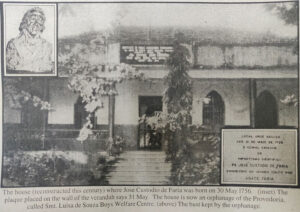 old city of Goa.
old city of Goa.
No bonds linked them ever since. The father and the son stayed a few years at their friends in Candolim – the Pintos of the Conspiracy fame – and at Colvale too. On 21 February 1771, four years after being ordained a priest, Caetano Vitorino left for Lisbon, en route for Rome, to continue his priestly studies. He had similar intentions for his son. Their social circle in Goa and particularly a letter of recommendation they carried for the nuncio in Lisbon, Mgr. Inocencio Conti, won them access to the royal court. Moreover, the reigning monarch, Dom José I, and his prime minister, the Marquis of Pombal, were favourably disposed towards the Goans, whom they strongly recommended for civil, military and ecclesiastical positions at home.
Student in Rome
Thus José Custódio was awarded a scholarship to study in Rome. The father returned to Lisbon in 1777 on attaining a doctorate to further his objective of objective of being appointed the bishop of Goa. His great disappointment and frustration on this count determined much of what followed in his life and his son’s too.
José Custódio stayed on and was ordained on 12 March 1780. At 24 he completed his doctoral thesis titled Theologicae Propositiones: De Existentia Dei, Deo Uno et Divina Revelatione (Theological Propositions on the Existence of God, One God and Divine Revelation) and joined his father in Lisbon.
The duo were good friends but a different purpose animated them. Caetano Vitorino, the more political minded and diplomatic of the two, was fully immersed in matters Goan. He was a sort of self-appointed protector of and influential reference for the Goan community. The Court had been impressed by the fact that, though immensely influential at the highest levels of the kingdom’s administration, he had never asked favours for himself, though it was known that his personal finances were far from bright. But then, intelligence reports began to pin him down as the mastermind and coordinator in Lisbon of a political revolt at home in 1787. As soon as news of this reached Lisbon, they hunted for the duo and their good friends, clerics and laymen.
Meanwhile, all except Fr. Caetano Vitorino had fled to Paris, reportedly to meet and discuss with their envoys of Tipu Sultan, who proposed to be on the French side in their ascendancy against the British in India, but nothing was confirmed in this respect. Others believe that simpler reasons motivated Fr. José Custódio’s sudden departure – that he was attracted by the intellectual climate of France. His father did, however, stay back, still persevering in his designs and probably even overestimating his influence with the high officialdom. He was then put under house arrest in the Carmelite convent where he gave his priestly assistance, and probably died in 1799.
In Paris
Nothing is known of Fr. José Custódio’s activities in the French capital except that he was accused, in 1792, of being a gambler and frequenter of the Palais-Royale. He was acquitted, or at least no action was taken against him by the police. Three years later, on 5 October 1795, he led a battalion of revolutionaries against the National Convention. This political stand made him popular with the supporters of the Directoire and won him the friendship of the Marquis de Chastenet de Puységur.
The latter relationship was decisive. The Marquis had been a disciple of Mesmer whose quackish furrows into ‘animal magnetism’ and tall claims of cures had initially won him the acclaim of high Parisian society. But, in 1785, his exit was shameful. The Marquis, on the other hand, was an honest, well-meaning and cultured person, who took over from where Mesmer had left. Dr Egas Moniz, the Portuguese Nobel Prize Winner and biographer of Fr. José Custódio de Faria, speculates that he acquired knowledge of magnetism in Paris after he struck up an acquaintance with the Marquis.
The first news of Fr. Faria’s activity as a magnetizer is of the year 1802, in the memoirs of Chateaubriand (published in 1843), who referred to his experiments in derogatory terms. He had dined with Fr. Faria at the house of the Marchionesse of Custine. Here, Fr. Faria reportedly declared that he could kill a canary by magnetizing it. However, when the magnetizer was put to the test, he failed, which led Chateaubriand to conclude: ‘O Christian, my presence itself will be enough to make the tripod ineffective!’ Chateaubriand was a devout Catholic. He had strong reservations against magnetism – because of the Church’s attitude of suspicion towards it. But what is more is that Fr. José Custódio de Faria was a Catholic, no less!
Fr. José Custódio continued his research into the subject up to the year 1811, when he was appointed professor of Philosophy at the Academy of Marseilles. The Imperial Almanac of 1811 records that he lived there a year and was elected member of a medical society. Since he had no medical qualifications, the membership can only be attributed to his skills as a magnetizer. But for some mysterious reason, he was transferred, in fact, demoted, to the post of auxiliary professor at the Academy of Nimes. He felt slighted and frustrated and, unaccustomed as he was to life in a small city like Nimes, he returned to Paris, in 1813, in search of greener pastures. Unattached to any institution, he initiated his course in magnetism on 11 August 1813, 49, Rue de Clichy.
Sessions
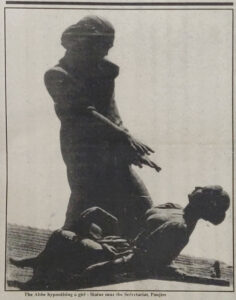
The sessions were held every Thursday, on an admission fee of five francs only. He began with a lecture in halting French. The audience, which consisted largely of women, paid scant attention to this part of the session; their eyes were set on what was to follow – his experiments to substantiate his theory.
Contrary to the claims made by Mesmer, the he could control the body fluids of his patients and rectify their course through special methods invented by him, Fr. José Custódio very humbly put forth that not all individuals could be hypnotised, and that the degree of response to his hypnotic powers necessarily varied from person to person. He was the first to establish that hypnotism was a science of suggestion.
Fr. Faria’s method consisted of a series of well-reasoned and effective actions: he got the patient to sit comfortably and, through concentration, to relax, imagining that they were going to sleep. When the patient was ‘tranquil’, he gave the command, ‘Sleep!’ and, if necessary, repeated it, with a certain degree of urgency, three or four times. If he failed, he would either sportingly give up or try other methods.
The sessions became the rage of the town. There were detractors, critics and skeptics, no doubt. Once, a journalist attended his session and then unjustly criticised and ridiculed the priest in the press. At another session, a leading stage actor, Potier, offered himself for his experiments. He feigned to be in a trance and suddenly rose to say, ‘Ah, Abbé! If you magnetize others as well as you magnetized me, you don’t seem to be doing much.’
Fr. José Custódio put up very well with all such betrayals. He also withstood quite stoically criticism from the clergy and Rome, who then viewed his experiments with suspicion always on the look-out for diabolical influences therein. But the priest always expressed respect for the Church and a firm desire to stay within the Catholic fold. ‘Un esprit supérieur,’ as his disciple Gen. Noizet said of him, he wished to convince the Church that his experiments were fully within the natural realm and that there was no magic or witchcraft involved.
Thus, Fr. Faria took everything in its stride. Only once did he break down, when at Potier’s request the playwright Jules Verne put up a play, on 5 September 1816, the Variétés, titled La Magnétismomanie, ridiculing the Goan priest.
Sad end
The time was now ripe for Fr. Faria to stop his activities. He retired soon thereafter, rendering priestly services in exchange for boarding and lodging.
During the last years of his life, he decided to organize his material in book form. It was an ambitious project in four volumes, of which only the first one is known to have appeared. It is his magnum opus is titled De la cause du sommeil lucide ou Étude de la nature de l’homme (On the Cause of Lucid Sleep or Study on the Nature of Man). In it he referred to the shameful play:
‘With regard to Magnétismomanie, I cannot ask which laws permit the modern Terence to expose an unknown foreigner to public ridicule. I presume that even the savage would be ashamed to insult his kind, which has nothing in common with actors and the theatre.
‘Far from me the idea to disturb public pleasures: But I might have added to Magnétismomanie a new scene – an extremely pungent one – had my condition not prevented me from doing so, and had my own aversion for such amusements not kept me away from playhouses.’
According to one biographer, by a strange coincidence, the day of his death, also marks the release of his book. His famous words, ‘There are evils that sometimes do good to those who discern their utility,’ might have very well served as his epitaph – if only he had the money for a decent burial. He died at the age of 63, unsung as he was born. A life full of ironies, for born of a rich family he died poor; born of parents who were in love, they separated after his birth; a man with original contributions to posterity, he died with no godfathers to promote his name.
(Herald Illustrated Review, Panjim, Goa. Vol. 95, No. 30, February 1-15 1995. Slightly updated version)
Mando Moments
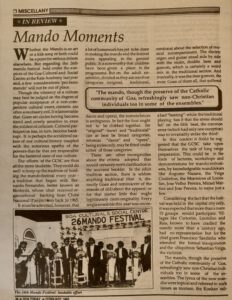
Whether the Mando is an art or a folk song or both could be a point for serious debate elsewhere. But regarding the 26th mando festival held under the auspices of the Goa Cultural and Social Centre (GCSC) at the Kala Academy last year end, a few considerations 'pro bono mando' will not be out of place.
Though the vibrancy of a culture may best be judged on the degree of popular acceptance of a non-competitive cultural event, contests are often a necessary evil. It is lamentable that Goan art circles having become timid and overly sensitive to even the mildest of criticism. Cultural participation has in turn become bankrupt. It is perhaps the accidental nature of our cultural history coupled with the notorious apathy of the powers-that-be that are responsible for the battered state of our culture.
The efforts of the GCSC are thus all the more laudable. They could do well to keep up the tradition of holding the mando festival every year – a tradition that began with Bernardo Fernandes, better known as Benferds, whose ideal received organisational backing from Clube Nacional (Panjim) way back in 1965.
It must be admitted, however, that a lot of homework has yet to be done in making the mando and the festival more appealing to the general public. It is noteworthy that children have been given a place in the programme. But on the adult ensembles, divided as they are into four categories (original, traditional, dance and opera), the nomenclature is ambiguous. In fact, the four ought not to be clubbed together, for "original" (new) and "traditional" can at best be broad categories, whereas "dance" and "opera", being styles only, may be fitted under either of those categories.
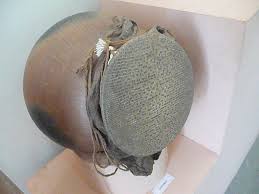
There are other incongruities about the criteria adopted that would certainly merit clarification in the souvenir booklet. In the adult tradition section, there is seldom anything traditional (that is, distinctly Goan and reminiscent of the mando of old) about the apparel; or for that matter little that might legitimately claim originality. Every single ensemble this year was unconventional about the selection of musical accompaniment. The electric organ and guitar stood side by side with the violin, double bass and gumott, which is certainly a weird mix in the traditional section. And ironically, it was the dear gumott, the most Goan of them all, that suffered a bad "beating": while the traditional playing has it that the stress should fall on the fifth beat, the common error (which had only one exception) was invariably to strike the third!
In this context it could be suggested that the GCSC take upon themselves the task of long range preparation. This could be in the form of lectures, workshops and demonstrations for mando enthusiasts, by knowledgeable manddekars like Augusto Nazaré, the Veiga Coutinhos, the Monteiros of Loutulim, José Velho Pereira, Micael Martins and José Pereira, to name just a few.
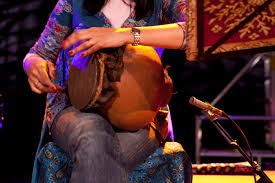
Considering the fact that the festival was held in the capital city only, it was expected that more than a mere 15 groups would participate. Villages like Curtorim, Loutulim and Raia, known to have cradled the mando more than a century ago, had no representation but for the chief guest Francisco Sardinha who attended the formal inauguration, and the ubiquitous Sebastião Veiga, the violinist.
The mando, though the preserve of the Catholic community of Goa, refreshingly saw non-Christian individuals too in some of the ensembles. The lyrics of the new mandos were topical and referred to such issues as tourism, the Konkan railway, drug addiction, unemployment, crime and the Konkani language. That the mando is a love song was spicily highlighted by the compere with his inimitable brand of jokes. At least two groups in the original category pinched the music of some well-known dulpods – an affront to all manddekars in the audience, and which should have fetched them a disqualification.
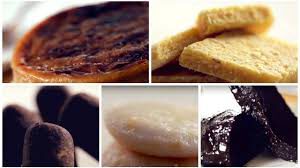
To enhance the festival spirit, is would certain pay to recreate the olden ambience of the mando, not only on stage but outside it. For instance, Goan sweets and delicacies could be made available during the intermission. To foster a greater involvement of the audience, a traditional dress contest could be held in the auditorium itself. Finally, in an effort to popularise literature and audio-visual material on the mando, the works of Agapito de Miranda, Antscher Lobo, Lúcio Rodrigues, Lourdino Barreto, José Pereira and Micael Martins could be exhibited and sold. This would mean a service to the general public and a fitting tribute to the past and present masters of the mando.
(Goa Today, February 1993)
A Inquisição de Goa, vista por Raul Rêgo
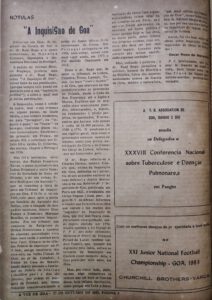
Estiveram em Goa, de regresso da Coreia do Sul, o Sr. Dr. Raul Rego e o nosso conterrâneo Dr. Narana Coissoró, Deputados à Assembleia Nacional de Portugal.
A pedido do Instituto Menezes Bragança, proferiu uma palestra o dr. Raul Rêgo, sobre a Inquisição de Goa, talvez tema da sua predilecção, porque sempre a veio pondo em paralelo com a sua inquisição política, e sobre o qual tem já várias publicações.
A Inquisição, como é sabido de todos, teve o seu tribunal em alguns países, na Idade Média, e nos tempos modernos, ou para ‘perseguir’ou ‘inquirir e punir’ou ‘curar’os hereges, conforme dizem vários historiadores. Estabelecido primeiro em França, no século XII, e solicitado por D. João III e Raínha D. Catarina, sua esposa, chegou a Portugal em 1536.
Mas foi a instâncias, entre outras, do Padre Francisco Xavier, o maior missionário das Índias Orientais e então Superior da Sociedade de Jesus no Oriente, e do seu colega Simão Rodrigues de Azevedo, que se concebeu a ideia de abrir um Tribunal de Inquisição em Goa. E fê-lo o Rei em 1560, oito anos após a morte em Sanchão do Apóstolo das Índias, com a chegada de dois padres seculares, Aleixo Dias Falcão e Francisco Marques Botelho, os primeiros inquisidores.
Era um tribunal que constava de Religiosos da Ordem Dominicana e também de algumas autoridades civis (que mais tarde o usaram para seus fins). Situava-se no célebre Palácio da Inquisição ou do Sabaio, antiga residência dos vice-reis, na Velha Cidade de Goa, ao pé da Catedral, à frente da Casa do Senado, tendo depois passado a funcionar no Palácio do Idalcão (Vhoddlem Ghor) na Rua Direita, por ordem do Marquês de Pombal, que, tendo reduzido consideravelmente o poder do Santo Ofício, fê-lo instrumento da Coroa. Em Portugal, extinguira-se em 1769, para voltar, talvez com mais vigor ainda, em 1777, e foi abolida finalmente em 1812.
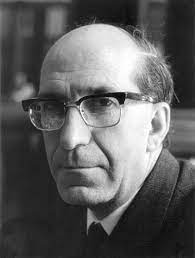
Disse o dr. Rego que, de entre os tribunais de Lisboa, Coimbra, Évora, Lamego e Tomar, foi mais ‘cruel e nojento’ o de Goa, que abarcava na sua jurisdição todas as províncias do Oriente, desde o Cabo da Boa Esperança até o Japão e Macau. Explicou que os acusados eram severamente punidos, encarcerados, e, depois, ou condenados à prisão perpétua, ou queimados. E acrescentou que haviam sido presas por à volta de 16.000 pessoas, de 1560 a 1774. O arcebispo e o seu vigário-geral, bem como o governador, estavam isentos do mesmo, senão com prévia autorização da Corte e do Conselho Geral de Lisboa, informa-nos um historiador goês.
O dr. Rego referiu-se a Charles Dellon, médico francês que, vítima da Inquisição em Goa, defendeu-se (permitia-se aos acusados escrever as suas defesas) e depois descreveu-a na sua Relation de l’Inquisition de Goa, publicada em Paris, em 1622, e traduzida em várias línguas (trad. port. do goês M. V. de Abreu).
Informou o orador que fora com essa obra que vieram à luz muitos dos ‘segredos’da Inquisição de Goa, que por isso ficara completamente envergonhada, sendo depois abolida em 1774. Aludiu também a La Voyage de F. P. L. aux Indes Orientales, Moluccas et Brazil, de François Pyrard de Laval, também medico francês, que, quando em digressão pela Índia, sofreu as torturas da Inquisição em Cochim, como suspeito dela, e fora preso por dois anos, em Goa.
Mas, por outro lado, parece-nos algo subjectivos os relatos que até hoje se fizeram deste, hoje infame, instituição, tanto porque nos falta a documentação da época (que alguns historiadores crêem estar em Londres ou em Paris, se é que não foram queimados ou vendidos em hasta pública) como porque hoje se faz obra, na maior parte, pelos relatos das próprias vítimas, cujo critério não deve ser por isso muito seguro. Levados pela emoção não teriam sacrificado algumas verdades?
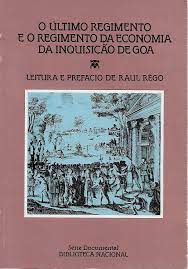
Mas, voltando à palestra: o dr. Raul Rego, jornalista e escritor, homem da História e da Política, falou tão emocionantemente acerca de Garcia de Orta, médico e naturalista, “que mais sofreu às mãos da Inquisição”, como falou também de António Sérgio de Sousa, que por sua vez mais sofreu na inquisição do regime ditatorial de Salazar.
Assim, foi tão bom autor das obras sobre a Inquisição como inquisidor das obras do Ditador!
(Nótulas: 'A Inquisição de Goa', in A Voz de Goa, Pangim, Ano I, N.º 34, 27 de Outubro de 1983)
Foto: Mesa do Tribunal da Inquisição, hoje pertença do Instituto Menezes Bragança (Goa: Aparanta – Land beyond the End, ed. Victor Rangel-Ribeiro. Vasco da Gama: Goa Publications, 2008)
Our Honoured Guest
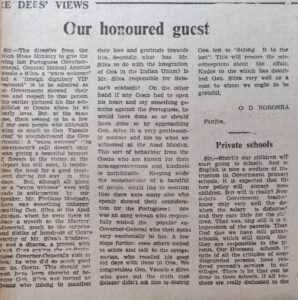
The directive from the Union Home Ministry to give the loving last Portuguese Governor-General, General Manuel Antonio Vassalo e Silva, a “warm welcome” and a “foreign dignitary VIP treatment” is to be admired as the Government showed their love and respect to that person who earlier pictured his fine sensibilities to Goans whom he so dearly loves.
But, at the same time, there seemed to be a few of our own people who although owing so much to Gen. Vassalo tried to misunderstand the Government: A “warm welcome” (the Government’s call) doesn’t only mean giving a beautiful bouquet of flowers to the visitor at the airport but still more, it emphasizes the need for a good treatment during his stay in this place.
Although all plans for a “warm welcome” were made well in anticipation by our Speaker, Mr Froilano Machado, there was something unhappy awaiting Gen. Silva at the Azad Maidan, when he went there to place a wreath at the Martyrs’ Memorial, much to the surprise and dislike of hundreds of Goans worthy of Mr Silva’s kindness: it was a dharna, a protest with black flags against the ex-Portuguese Governor-General’s visit to Goa; he who did so much good for us Goans. That should not even have been thought of because Gen. Silva was invited by Goans who intend to manifest their love and gratitude towards him. Secondly, what has Mr Silva to do with the integration of Goa into the Indian Union? Is Mr Silva responsible for Salazar’s misdeeds?
On the other hand, if any Goan had to open his heart and say something genuine against the Portuguese he would have done so or should have done so by approaching Gen. Silva in a very gentlemanly manner and not by what we witnessed at the Azad Maidan. This sort of behaviour from the Goans who are known for their non-aggressiveness and kindness is unthinkable.
Keeping aside the misbehaviour of a handful of people, I would like to mention that there were many also who openly showed their consideration for the Portuguese: one was an aged woman who respectfully wished the popular ex-Governor-General who then spoke very emotionally to her. A few steps further, some others waited to salute and talk to the octogenarian, who recalled his good old days with them in Goa.
We congratulate Gen. Vassalo e Silva who gave out the truth that Salazar didn’t ask him to destroy but to “defend it to the last”. This will remove the misconceptions about the affair.
Kudos to the editorial which has described Gen. Silva very well as a man to whom we ought to be grateful.
(Letter to the editor, The Navhind Times, Panjim, 12 June 1980, p. 2)
